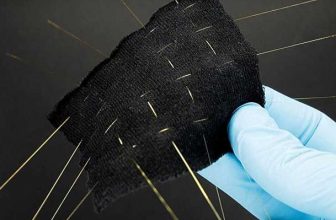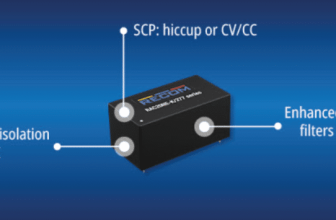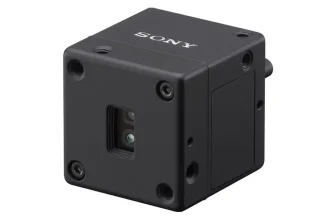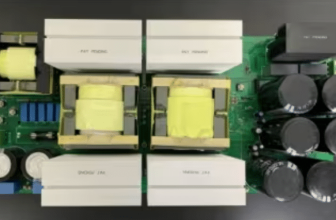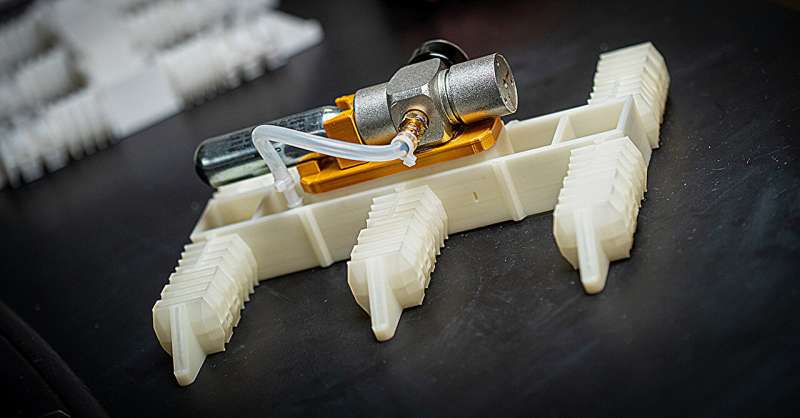
Check out our latest products
The robots walk without electronics, powered by compressed gas and 3D-printed in one piece. Designed for extreme environments, they navigate sand, turf, and water.

Imagine a robot that can walk without electronics, powered only by a cartridge of compressed gas straight from a 3D printer. It can even be printed in one go using a single material. That’s exactly what roboticists at the Bioinspired Robotics Laboratory at the University of California San Diego have achieved. Researchers created a simple yet robust design using a desktop 3D printer and an off-the-shelf material.
These robots could operate in environments where electronics fail, such as areas with high radiation, disaster sites, or during space missions. In lab tests, researchers demonstrated that the robots could run continuously for three days when connected to a constant air or gas supply. They also tested the robots outdoors, where they walked untethered using a compressed gas cartridge. The robots successfully moved across various surfaces, including turf and sand, and even operated underwater.

The goal was to design robots that could walk straight from the printer using an air power source while being made of flexible, soft materials. Unlike traditional robots with rigid components, these robots are constructed from simple 3D-printing filaments.
A major challenge was developing a design that integrated artificial muscles and a control system, all printed from the same soft material in a single process. Building on a previous 3D printing technique to create an electronics-free gripper, researchers successfully fabricated a six-legged robot that walks entirely independently.
The robots use a pneumatic oscillating circuit to control the repeated motions of soft actuators, similar to how a steam engine drives a locomotive. This circuit coordinates the movement of the six legs by delivering air pressure at the right time, alternating between two sets of three legs. With legs capable of moving in four degrees of freedom — up and down, forward and back — the robots can walk in a straight line.
Future plans involve integrating a system to store compressed gas within the robots and using recyclable or biodegradable materials. There are also efforts to add manipulators, like grippers, for expanded functionality.
Reference: Yichen Zhai et al, Monolithic Desktop Digital Fabrication of Autonomous Walking Robots, Advanced Intelligent Systems (2025). DOI: 10.1002/aisy.202400876


![[5G & 2.4G] Indoor/Outdoor Security Camera for Home, Baby/Elder/Dog/Pet Camera with Phone App, Wi-Fi Camera w/Spotlight, Color Night Vision, 2-Way Audio, 24/7, SD/Cloud Storage, Work w/Alexa, 2Pack](https://m.media-amazon.com/images/I/71gzKbvCrrL._AC_SL1500_.jpg)



![[3 Pack] Sport Bands Compatible with Fitbit Charge 5 Bands Women Men, Adjustable Soft Silicone Charge 5 Wristband Strap for Fitbit Charge 5, Large](https://m.media-amazon.com/images/I/61Tqj4Sz2rL._AC_SL1500_.jpg)


